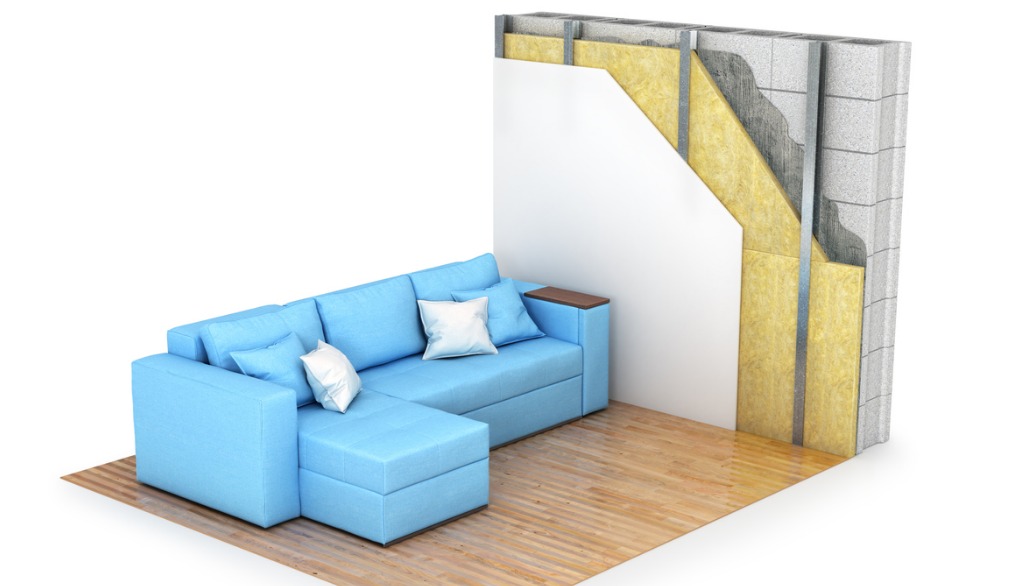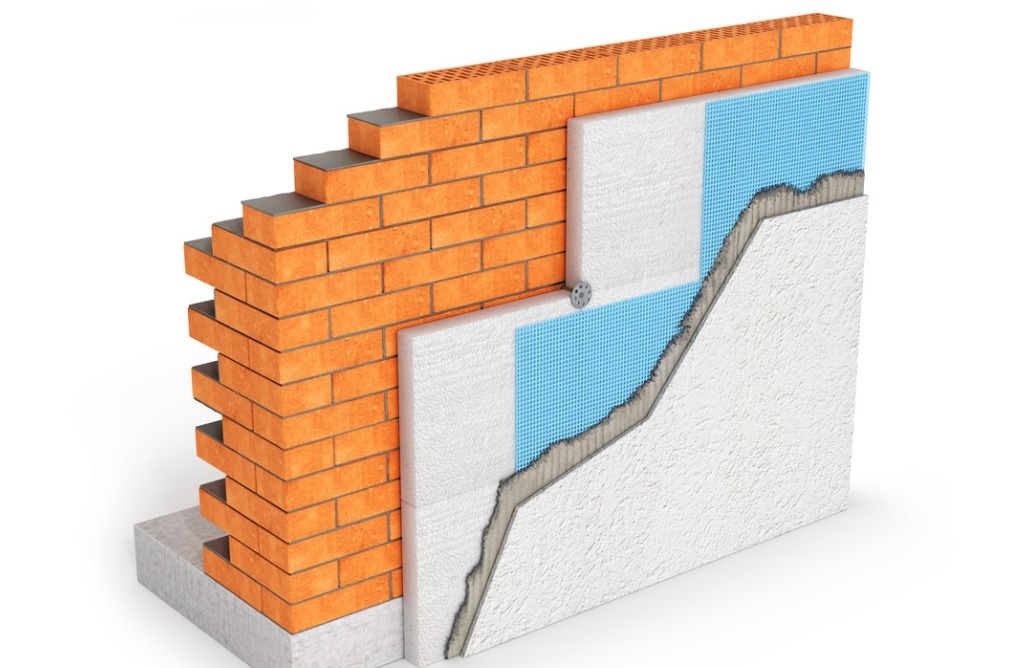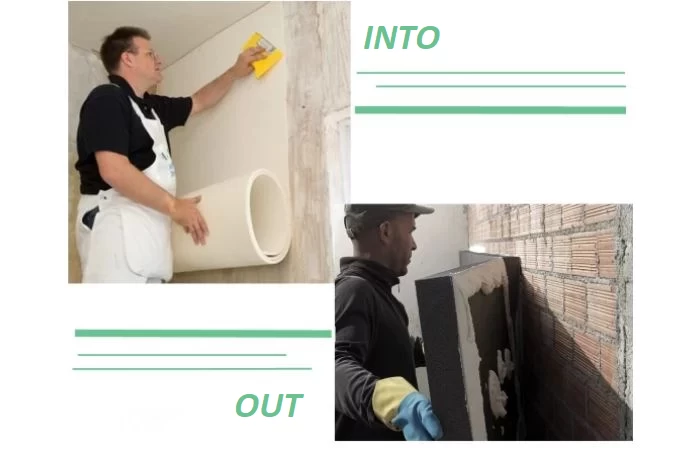When you need to proceed with thermal insulation of a roof or wall, apart from the type and methodology of the system, you also have to choose the surface of the insulation.
More specifically, the building can be insulated either internally or externally. The choice in this dilemma is of paramount importance and is directly related to the cost, quality and performance duration of the chosen insulation. Let's look specifically at the benefits and disadvantages of each option.
Internal thermal insulation (wall)
It is placed in buildings in which:
- We are interested in the immediate performance of the heating/cooling system with no time delay.
- We are not interested in the performance of heat from the building elements after the air conditioning system has stopped.
Based on its mode of operation, it is recommended for holiday homes, schools, office buildings with daily operation, etc.

Advantages of the system:
- Simple and quick construction.
- Lower cost construction compared to external insulation of structural elements.
- Direct performance of the heating/cooling system.
- Insulation materials do not need protection from external influences (wind, humidity, solar radiation, etc.).
System disadvantages:
- Problem of thermal bridges (especially where there are joints between external and internal walls).
- Fast cooling of the room after the heating is switched off.
- Inability to protect structural elements from contraction - expansion due to external temperature changes.
- In case of wall thermal insulation, the useful area of the building is reduced, and in case of roof thermal insulation the useful height is reduced.
- Possibility of moisture and mould formation in the corners of ceilings due to condensation of water vapour.
External thermal insulation (wall, attic)
It is placed in buildings in which:
- We are not interested in the direct performance of the heating/cooling system.
- We are interested in the heat performance by the building elements and after the air conditioning has been stopped.
Based on its mode of operation, it is recommended for permanent residences, hospitals, etc.

Advantages of the system:
- Preservation of heat in the room even after the heating is stopped due to the heat capacity of the structural elements.
- The heating/cooling system is kept in the room for a longer period of time due to the energy storage in the main structural elements by the sun.
- Protection of external wall surfaces from contraction and expansion due to external temperature changes.
- Minimizing to zero thermal bridges.
- If it is applied in existing buildings, on the one hand it does not prevent the operation of the interior space during construction and on the other hand it does not reduce its useful area (in walls) and useful height (in the roof).
- Protection against weather conditions.
Disadvantages of the system:
- Increased construction costs.
- Difficulty/impossibility of application in buildings with pronounced external morphological aspects.
- In case of roof insulation, a great attention to material and system choice is required.
- In case of wall insulation of existing buildings, the increase of the perimeter may create a problem of building factor.
Thermal insulation under the slab (roof)
This thermal insulation is installed in buildings in which we are interested in the direct performance of the air conditioning system (country houses, offices, shops, etc.).
The insulation material is placed either before or after concreting. It is covered by a combination of mesh and plaster or plasterboard or any type of suspended ceiling, if the height of the room allows it.
Advantages:
- Direct performance of the air conditioning system.
- Insulation materials do not need to be protected from external influences (wind, humidity, solar radiation)
Disadvantages:
- Quick cooling of the room after the heating is stopped
- Possibility of moisture and mould formation in corners due to condensation of water vapour.
Thermal insulation above the slab (roof)
This thermal insulation is installed in buildings in which we are not interested in the immediate performance of the air conditioning system, but we are interested in the performance of the structural elements even after the air conditioning has been interrupted.
The thermal insulation material, depending on its behavior to moisture, is placed underneath the waterproofing (in case of conventional insulation) or above it (inverted insulation). In first case, whichever waterproofing material is used, a vapour barrier is required above the slab.
Advantages:
- Keeping the heat in the room even after the heating is stopped due to the heat capacity of the slab.
- Greater energy savings due to less time spent using the air conditioning system, due to the energy storage in the plate.
- Protection of external surface of the plate from contractions and expansions due to external temperature changes.
- If applied to existing buildings, it does not prevent the operation of the interior space during construction and does not reduce the useful height.
Disadvantages:
- Care is required in construction in conjunction with waterproofing.

